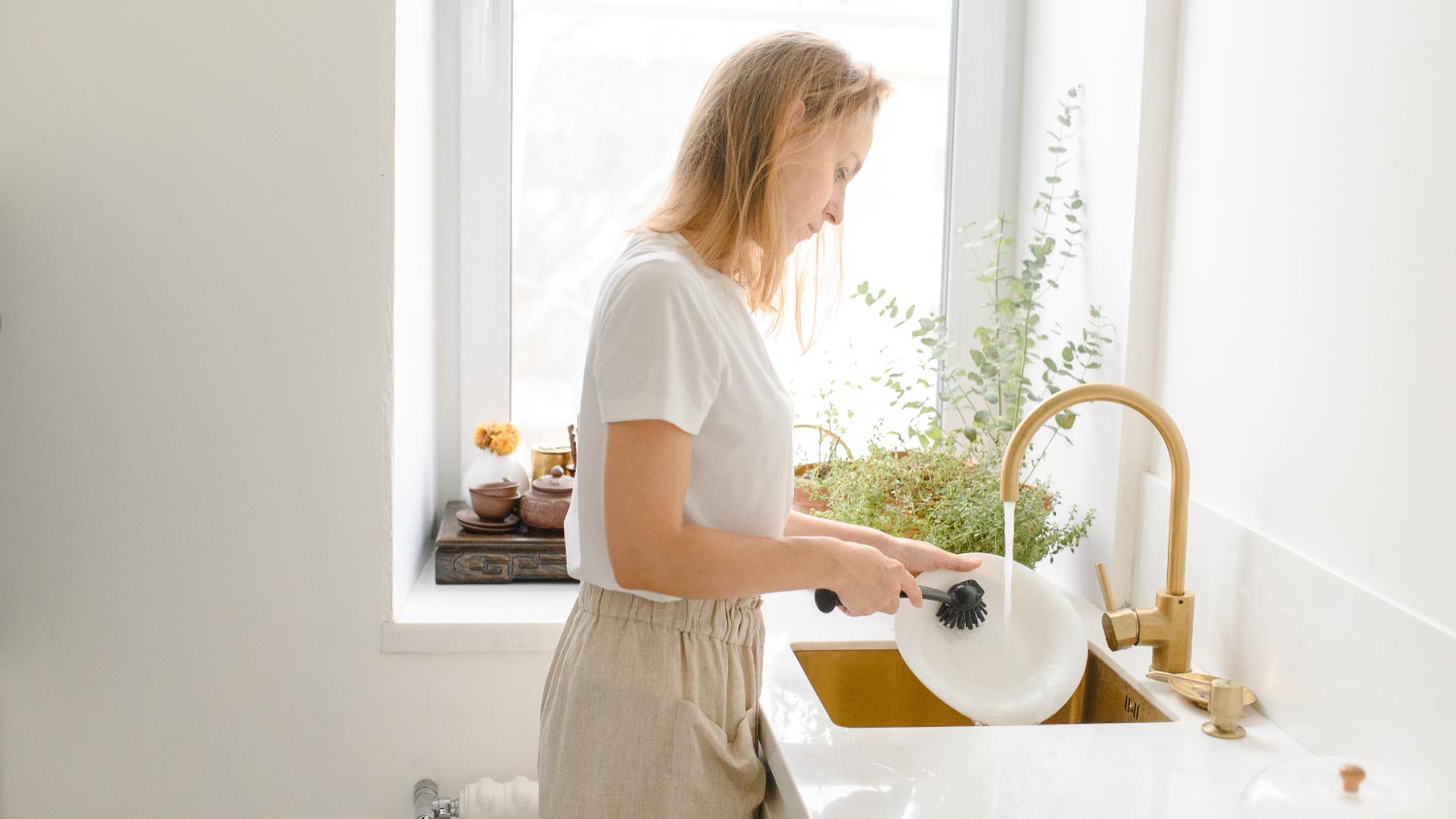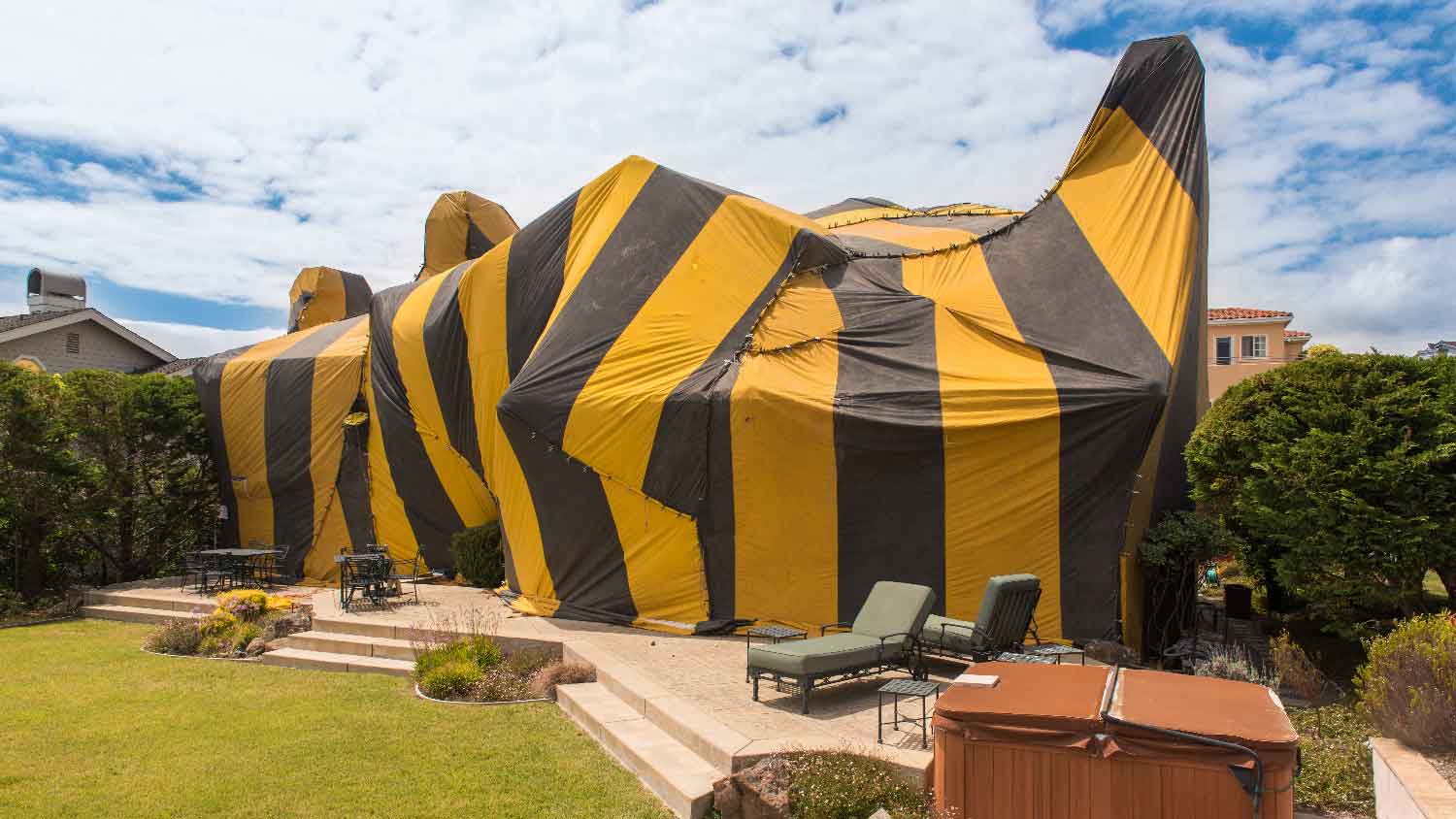
Snake removal cost comes down to the type and number of snakes you’re dealing with and where they’re located inside your home. This guide breaks it down.
Prevent an all-out creepy-crawly home invasion by conducting regular inspections


If you’ve ever seen a cockroach scuttling across a kitchen surface, a wily rat in your basement, or a flapping pigeon in your attic, you wouldn't be the first person to run screeching out of the room. Being vigilant about pest prevention and control gives you the best chance of keeping your home pest-free, or at least nipping things in the bud before they spiral out of control.
That way, you won’t have additional stress, the added cost of professional pest control, or structural repairs. And it’s not just the initial ick factor that’s a cause for concern. Household pests trigger allergies, carry diseases, quickly multiply, and wreak structural havoc when left to their own devices. Follow this pest control inspection checklist monthly or quarterly to keep you on the right track. After all, a bit of prevention now can help you save money on any future pest control needs.
Starting off your inspection with the right equipment at hand makes the job faster and more efficient. Some of the nice-to-haves are below.
Your pest control inspection checklist should begin with the following items:
1. House floor plan: Allows you to mark off areas as you check them and note any actions or causes for concern
2. Flashlight: Lets you check dark areas like attics, cupboards, or crawl spaces
3. UV flashlight: So you can detect vermin urine stains—it might sound gross, but it’s a great early detection sign
4. Magnifying glass: Helps you identify small bugs or droppings
5. A test tube or vial: Allows you to contain a bug you might need help to identify
6. Lengthening telescopic mirrors: Can help you check under furniture, in ventilation spaces, and other hard-to-reach areas that are prime pest havens

When doing your in-home checks, focus on areas like the kitchen—where you store, prepare, and eat food—and the bathroom, where moisture levels are higher. Without having their basic needs met—food, water, and shelter—pests are less likely to want to make your house their home.
Follow this pest control inspection checklist for the interior of your home:
Remove dirty dishes, food crumbs or liquid spills on counters and floors
Store and seal food appropriately
Avoid overflowing trash cans
Remove sources of standing water and repair leaks
Check for debris, moisture, or evidence of pests in hard-to-reach places like behind the refrigerator
Are carpets being vacuumed regularly to keep them free from debris?
Seal any entry points into your home—consider things like filling gaps in baseboards with caulking and checking vents and electrical openings
Remove clutter—piles of magazines or cardboard for recycling are perfect nesting spots
Deal with any excess moisture—cockroaches and termites are fans of moldy, damp environments
Maintaining your outdoor space well reduces the chances of attracting pesky critters to your property and, ultimately, into your home.
Follow this pest control inspection checklist for the exterior of your home:
Keep garbage away from home entryways
Keep recyclables clean and free from food or liquid residue
Is your home exterior free from cracks or holes? Check walls, foundations, and the roof.
Windows and doors should tightly seal and be free from damage
If you have window screens, check they fit well
Clear gutters and downspouts of leaves and other debris
Pipes, faucets, and other water sources should be free from drips or leaks
Check for water drainage issues—standing water attracts pests
Cut back plants, climbing vines, and tree branches growing close to the building. Plants should be at least 12 inches away from the walls and foundations, and trees or shrubs at least 6 feet clear.
Keep house walls clear of piles of leaves, other mulch material, or wood
Bird feeders should be well away from the house
Check the adjoining neighbors landscape. If it’s overgrown, it might be time to have a friendly word with them.
Look for the telltale signs that pests have been or are in your house or on your property already. If you spot any worrying signs, don’t panic. Call out a professional pest control exterminator for advice, and, where appropriate, to help with removal.
Here’s what to look for:
Droppings are an obvious sign. Also look for dead vermin or body parts—such as bug wings or legs.
Rodent nests in clothes, bedding, cardboard, and small crevices
Evidence of termites chewing wood—if you ignore this, it can lead to structural damage
Mice and rats trail dirt and grease underfoot
Are there any new pungent smells in or around the house? Bed bugs, for example, emit a musty odor similar to coriander when fearful, and ants and rodents can also emit unpleasant aromas.
Listen for sounds of scurrying rodents in crawl spaces, cupboards, or attics
From average costs to expert advice, get all the answers you need to get your job done.

Snake removal cost comes down to the type and number of snakes you’re dealing with and where they’re located inside your home. This guide breaks it down.

Whether you have bugs, bats, or rodents invading your home, you’ll want to contact an exterminator quickly. Find out how much pest control costs in Columbus, OH.

Tenting is a costly but effective way to exterminate termites. Learn the average termite tenting cost and everything that will factor into your budget.

With a few supplies from home, you can make a DIY flea trap that’s safe and effective. Follow these steps to a successful flea trap.

Wondering why there are so many phorid flies in your home? Learn several ways to protect your home from this household pest.

Nobody wants to tangle with wasps on their property, as these insects sting with extreme prejudice. Here’s how to get rid of wasps safely and for good.